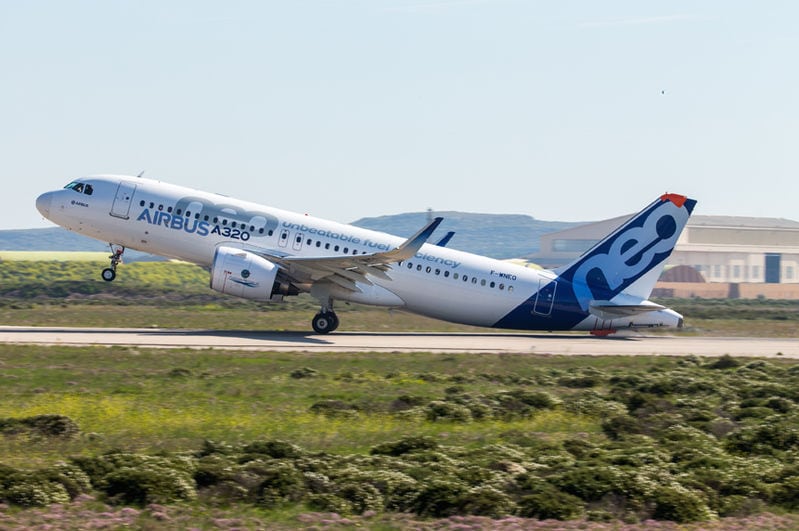Global Avionics Round-Up from Aircraft Value News (AVN)

Airbus has long been known for its forward-thinking approach to avionics, and nowhere is that more evident than in the A320neo family. Introduced in 2016, the “neo” — for “new engine option” — wasn’t just a fuel-efficiency upgrade. It was an avionics statement, integrating the latest digital tools to reduce pilot workload, improve situational awareness, and boost operational flexibility.
At the heart of the A320neo’s avionics suite is the integrated modular avionics (IMA) architecture, built in partnership with Thales. It consolidates multiple computing functions, e.g. flight control, navigation, and communication, into fewer processing units, reducing wiring, weight, and system complexity.
This approach makes for easier maintenance, faster updates, and a common digital backbone across aircraft variants. The result is a cockpit environment that feels more like a smart workstation than a traditional airplane flight deck.
What sets the A320neo apart isn’t just the integration, but the way Airbus has embedded predictive capabilities into the avionics. The aircraft’s Flight Operations and Maintenance Exchanger (FOMAX) system collects and transmits over 24,000 parameters in real time, enabling airlines to perform condition-based maintenance and make smarter fleet-wide decisions. That kind of connectivity is critical in a world where ground time is money and reliability is king.
Airbus is also rolling out enhancements to the cockpit displays and Flight Management System (FMS), with touchscreen interfaces and improved data visualization. These upgrades are designed to be backward-compatible with existing A320neo airframes, giving operators the ability to modernize without major overhauls.
The company’s long-term vision includes tighter integration with air traffic management networks, allowing the aircraft to negotiate optimal trajectories and dynamic reroutes with ground systems, a necessity as airspace congestion grows.
A holistic digital cockpit…
So how does Boeing stack up? On paper, the 737 MAX family includes many of the same building blocks: a modern FMS, large-format displays, and satellite-based navigation.
However, the MAX retains legacy architecture rooted in the original 1960s-era 737 design. Its avionics, provided primarily by Rockwell Collins (now Collins Aerospace), are very capable but not as upgrade friendly as Airbus’s IMA platform.
That’s partly by design. Boeing prioritized commonality with earlier 737s to simplify pilot training and certification, especially in fast-growing markets. But that tradeoff has come under scrutiny following the MCAS-related crashes, where deeper integration and situational transparency might have prevented tragedy. Airbus, in contrast, has invested in a more holistic digital cockpit, where automation supports, but doesn’t obscure, the pilot’s role.
Airbus is now preparing for a “neo-plus” evolution, with next-gen flight deck concepts, more AI-based support tools, and tighter integration with urban air mobility ecosystems. The goal is to future-proof the aircraft’s role in a rapidly changing airspace environment, from drone corridors to hybrid-electric propulsion.
This article originally appeared in our partner publication Aircraft Value News.
John Persinos is the editor-in-chief of Aircraft Value News.